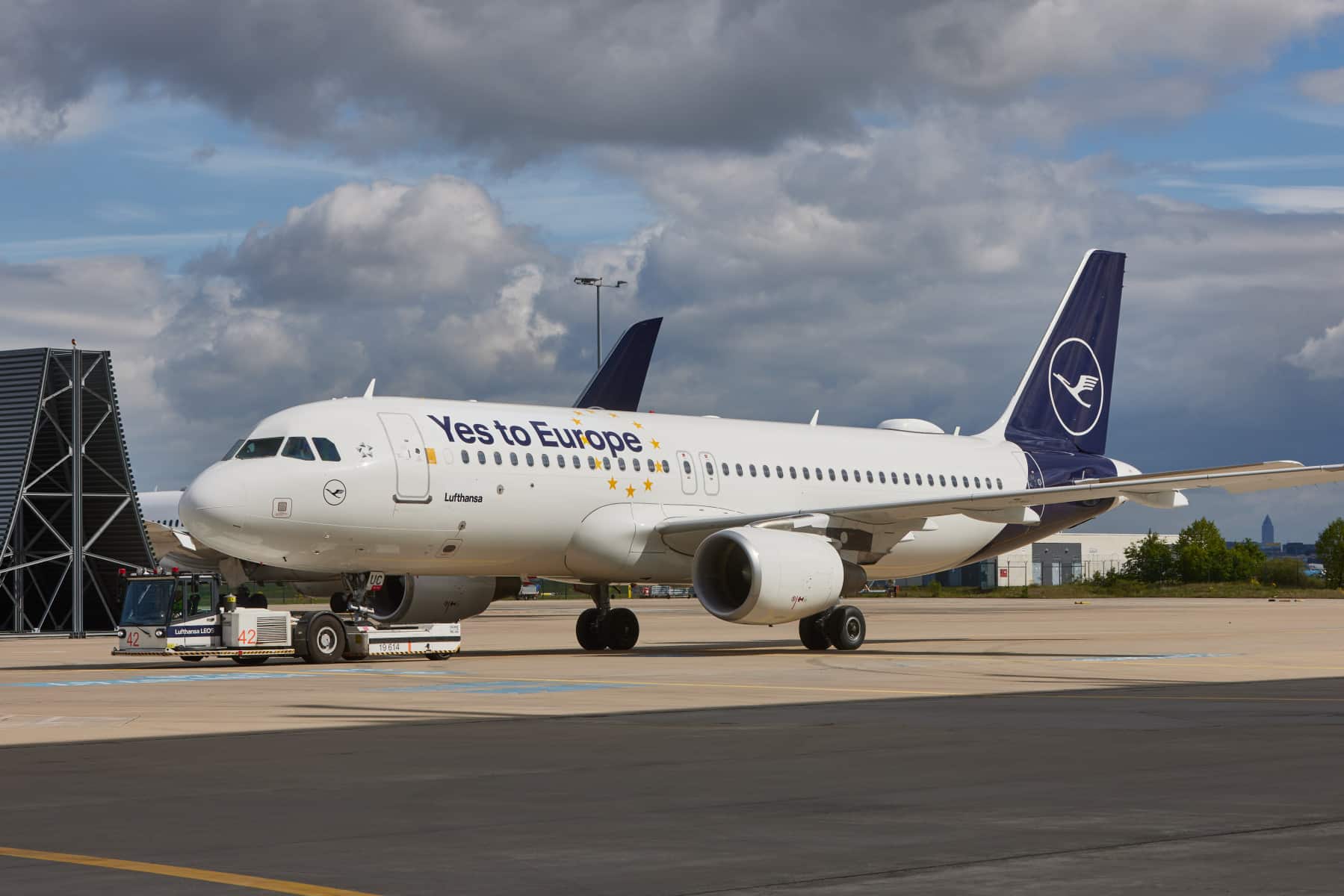Austrian Airlines, Austria’s flag carrier, generated earnings before interest and taxes (EBIT) of EUR 65 million in the 2016 financial year, comprising a rise of 20 percent from the prior-year level.
• Adjusted EBIT increase from EUR 52 million to EUR 58 million, EBIT up to EUR 65 million from EUR 54 million in the previous year
• Positive one-off effect related to conclusion of a new lease agreement for the Technical Base
• CEO Kay Kratky expects a difficult year 2017
“The performance indicators look good on a superficial basis, but we should not be satisfied with our business results”, says CFO Heinz Lachinger. “The increased EBIT is primarily due to the positive one-off effect from concluding a new lease agreement for the Technical Base as well as from reduced fuel costs.”
Business results in detail
Total operating revenues rose 2.0 percent to EUR 2,285 million (see chart on the last page). The main underlying factor was the expansion of bilateral flight traffic with Germany. Despite a considerable expansion of the workforce, operating expenditures were up by only 1 percent to EUR 2,221 million. Austrian Airlines succeeded in clearly improving earnings before interest and taxes to EUR 65 million despite the political crises in Russia, Ukraine and the Middle East. This represents a year-on-year increase of 20 percent (2015: EUR 54 million). Adjusted EBIT rose by 11 percent to EUR 58 million.
Austrian Airlines invests in modern aircraft and its product offering
The integration of Embraer short-haul aircraft launched in 2015 as a replacement for Fokker jets was continued in 2016. Ten Embraer aircraft were already in operation at the end of 2016, with another seven jets expected to follow by the end of 2017. Moreover, in September 2016 the Supervisory Board of Deutsche Lufthansa AG approved the leasing of three aircraft for Austrian Airlines. Two Airbus A320 aircraft were already integrated into the fleet at the end of 2016, and the third jet, a B777, is scheduled to be deployed starting with the 2018 summer flight schedule. In addition, the airline plans to deploy five A320 aircraft from airberlin within a wet lease agreement at the Vienna flight hub starting in the first half of 2017.
Airbus fleet is being equipped with WLAN on board
Furthermore, the first A320 aircraft were equipped with inflight connectivity at the end of 2016. The rest of the Airbus fleet will be equipped with WLAN on board in the course of 2017. ”myAustrian Flynet” allows passengers to use their own mobile devices on board via WLAN. At present, open trial runs are being carried out for customers. The next step will be to expand this service by adding wireless inflight entertainment, enabling films, documentaries and TV series to be streamed on mobile devices of passengers. The roll out of this new service is scheduled for the middle of 2017.
Half a million more passengers
The growth of the aircraft fleet and improvements in the product offering are also reflected in passenger volumes: Austrian Airlines carried a total of 11.4 million passengers in the period January to December 2016, comprising a rise of five percent from the previous year. The flight offering in available seat kilometers (ASK) also climbed by five percent. Capacity utilization (passenger load factor) at 76.1 percent was below the prior-year level of 78.0 percent, which is mainly due to the conversion to larger aircraft (Embraer instead of Fokker jets) and the deployment of bigger planes during the retraining phase for pilots.
In 2016, Austrian Airlines operated a total of 136,112 flights using 80 aircraft, or an average of 372 flights per day. The regularity of operation was 98.6 percent, whereas the punctuality rate on arrival equaled 86.1 percent. Accordingly, Austria’s flag carrier ranks as one of the five most punctual airlines in the world.
Austrian Airlines is growing
The total staff of the Austrian Airlines Group amounted to 6,450 employees as at the balance sheet date of December 31, 2016 (2015: 5,984 employees). This substantial increase of 466 employees representing a rise of eight percent is mainly related to the hiring of new pilots and flight attendants.
Outlook: Planned investments and expansion, but an economically difficult year 2017
Austrian Airlines already began to expand its flight service to short-haul and medium-haul tourist destinations in the previous year. In 2016, it added Bari, Havana, Hong Kong, Isfahan, Jerez and Shanghai, amongst other destinations. Austrian Airlines will offer flight service to Los Angeles starting on April 10, 2017, to Gothenburg as of June, and will fly to the Seychelles starting in the autumn of 2017. In the medium-haul segment, Shiraz will become the new and third destination in Iran.
However, Austrian Airlines expects a challenging year 2017 in the light of the predicted increase in jet fuel prices and the airline’s ongoing investments in aircraft as well as in product improvements.
“We are making considerable investments in our product offering and in expanding the fleet in 2017“, states CEO Kay Kratky. “At the end of the year, we will also see this in our performance indicators against the backdrop of a difficult market environment at present and substantially higher fuel prices. We expected our adjusted EBIT to be lower than in 2016.”



